Our final day of painting. Countless thanks go out to everyone who came out for this day. We seriously couldn’t have done this without you, and are excited to feature our collaboration with you for everyone in the neighborhood to see come August.

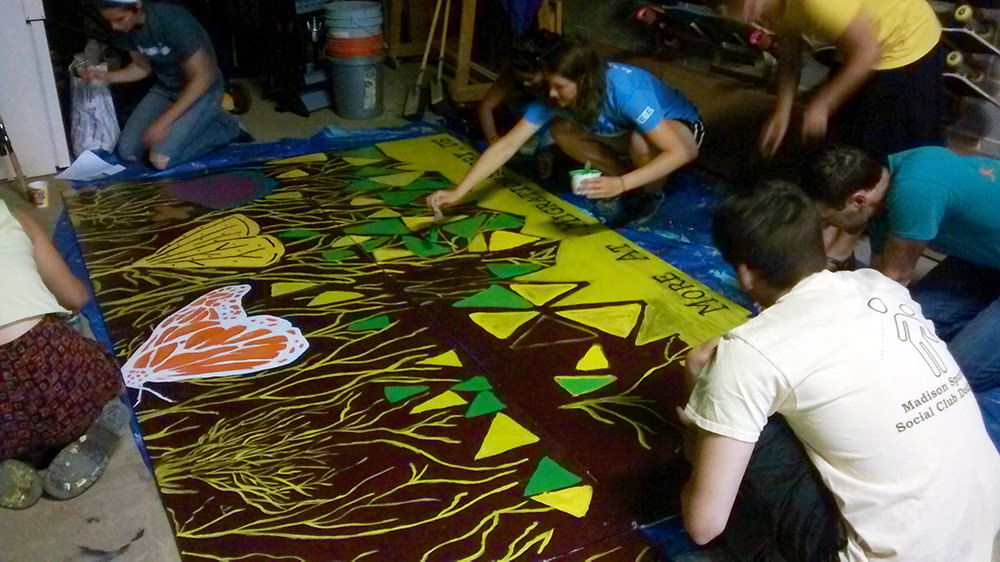

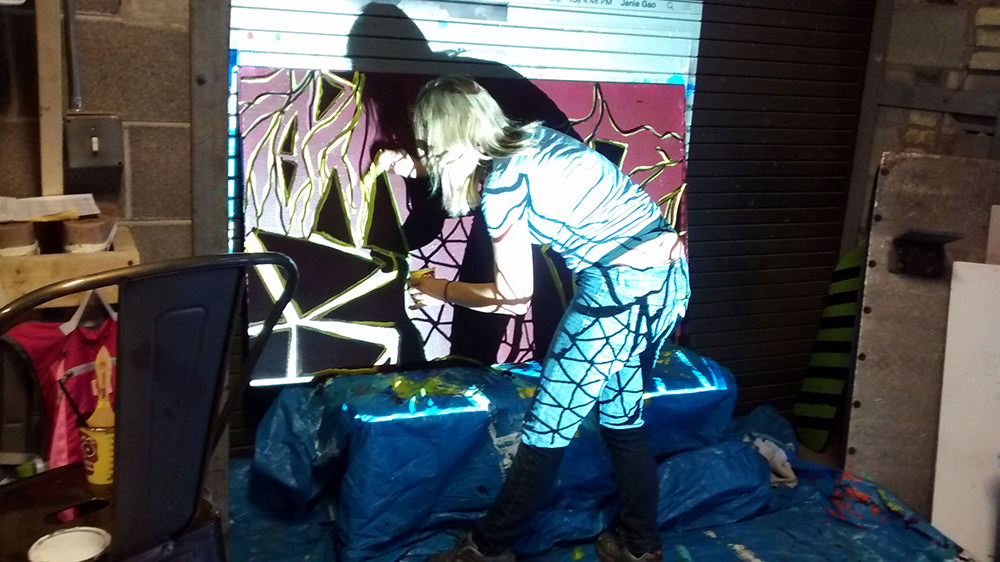




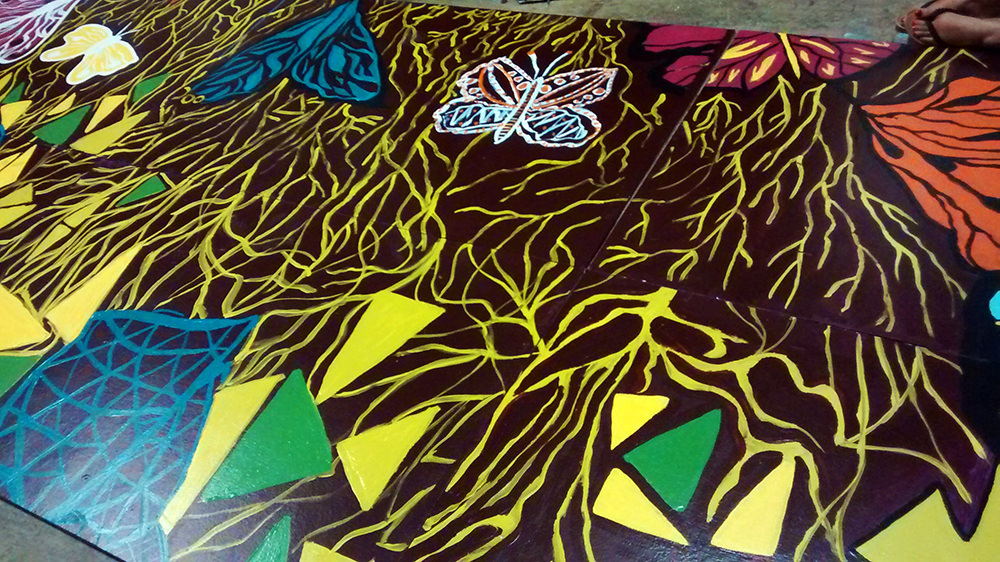

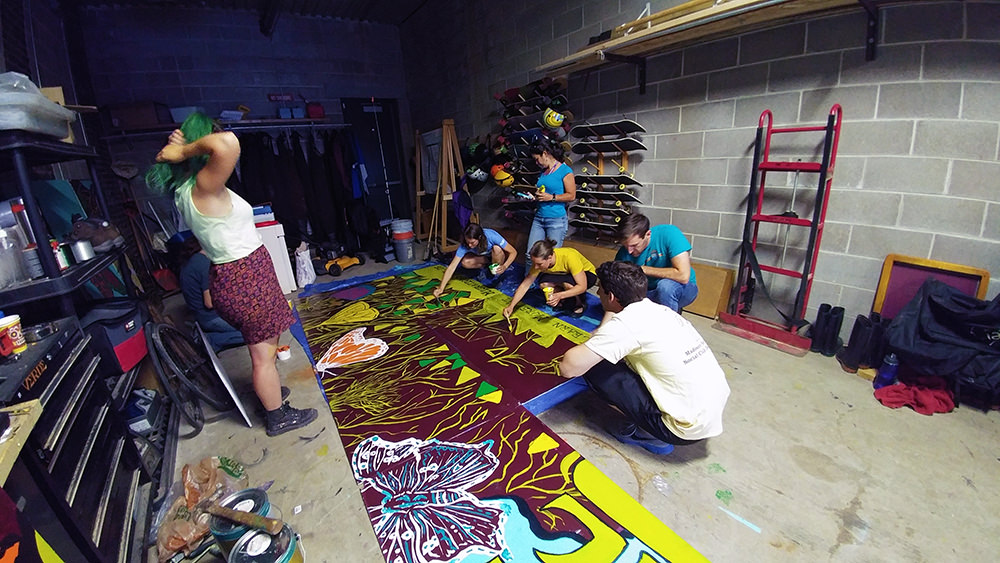




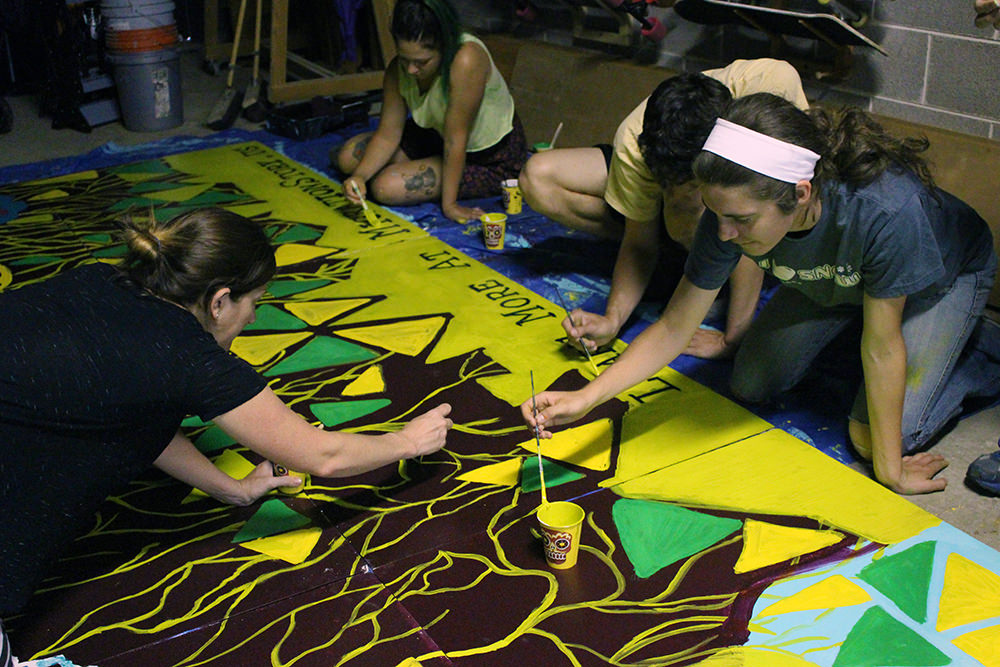
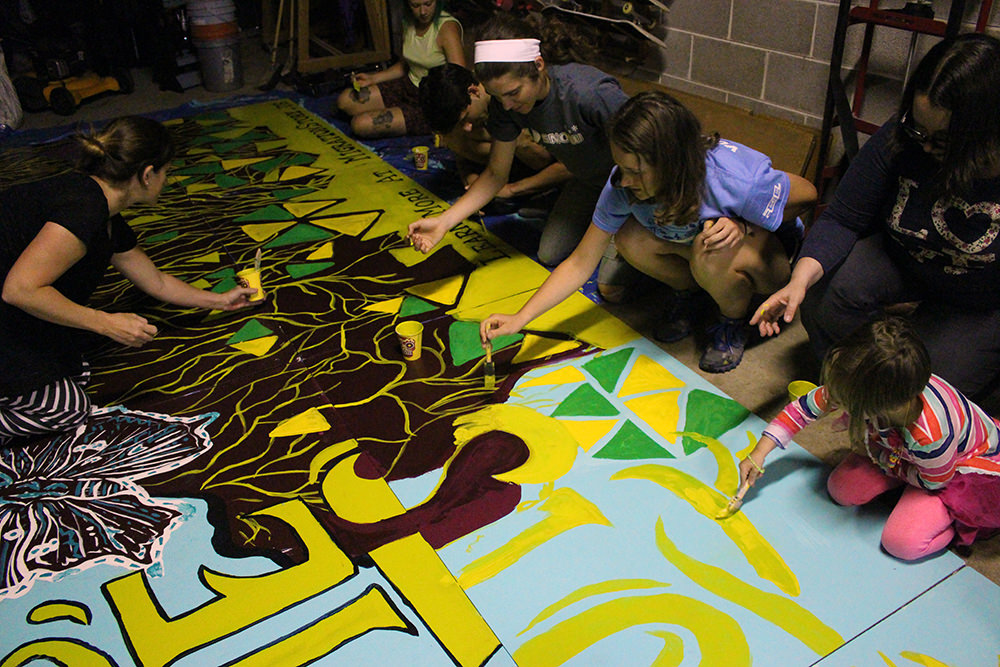


Our final day of painting. Countless thanks go out to everyone who came out for this day. We seriously couldn’t have done this without you, and are excited to feature our collaboration with you for everyone in the neighborhood to see come August.



















Once the students finished researching and drawing a variety of native crops and migratory species of butterflies that live in Wisconsin, we (Gabi and Jenie) got together to collage them together into a final composition.
Our goals:
Here is the final mock-up of our mural. Now we were ready to get supplies and start painting.
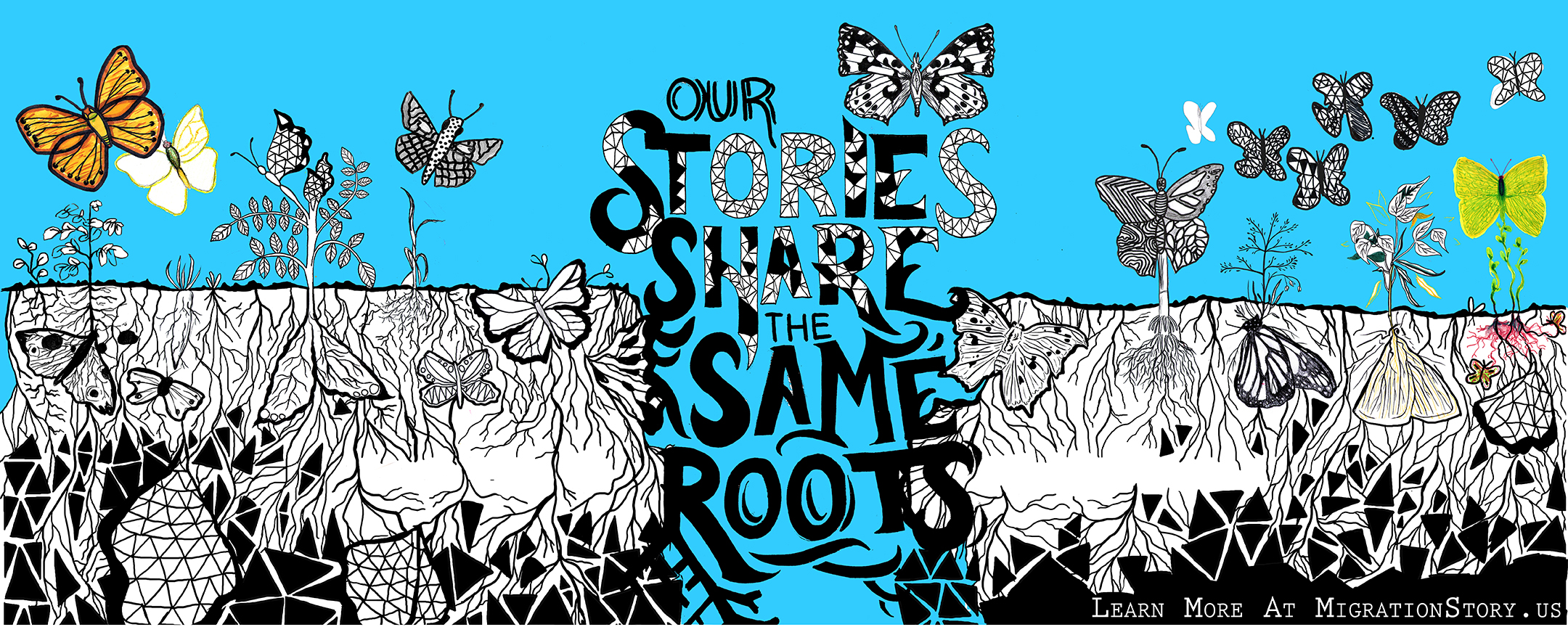
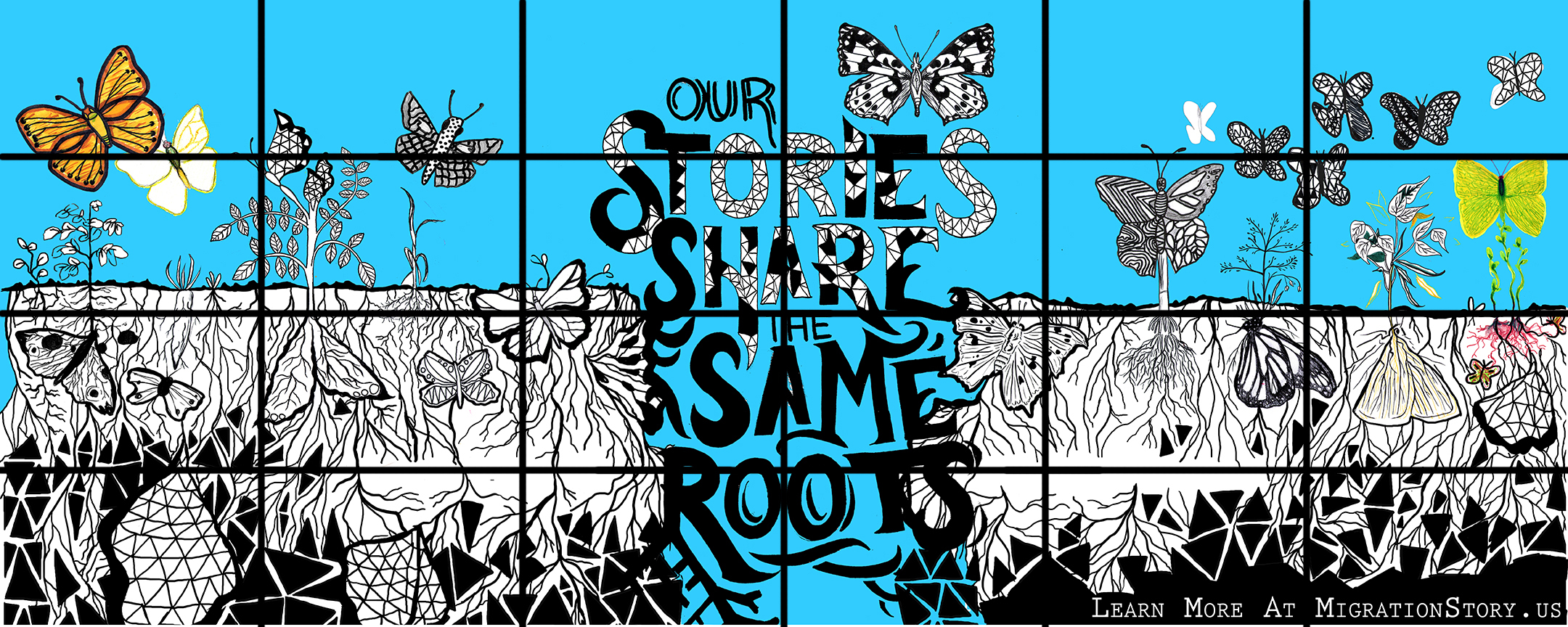
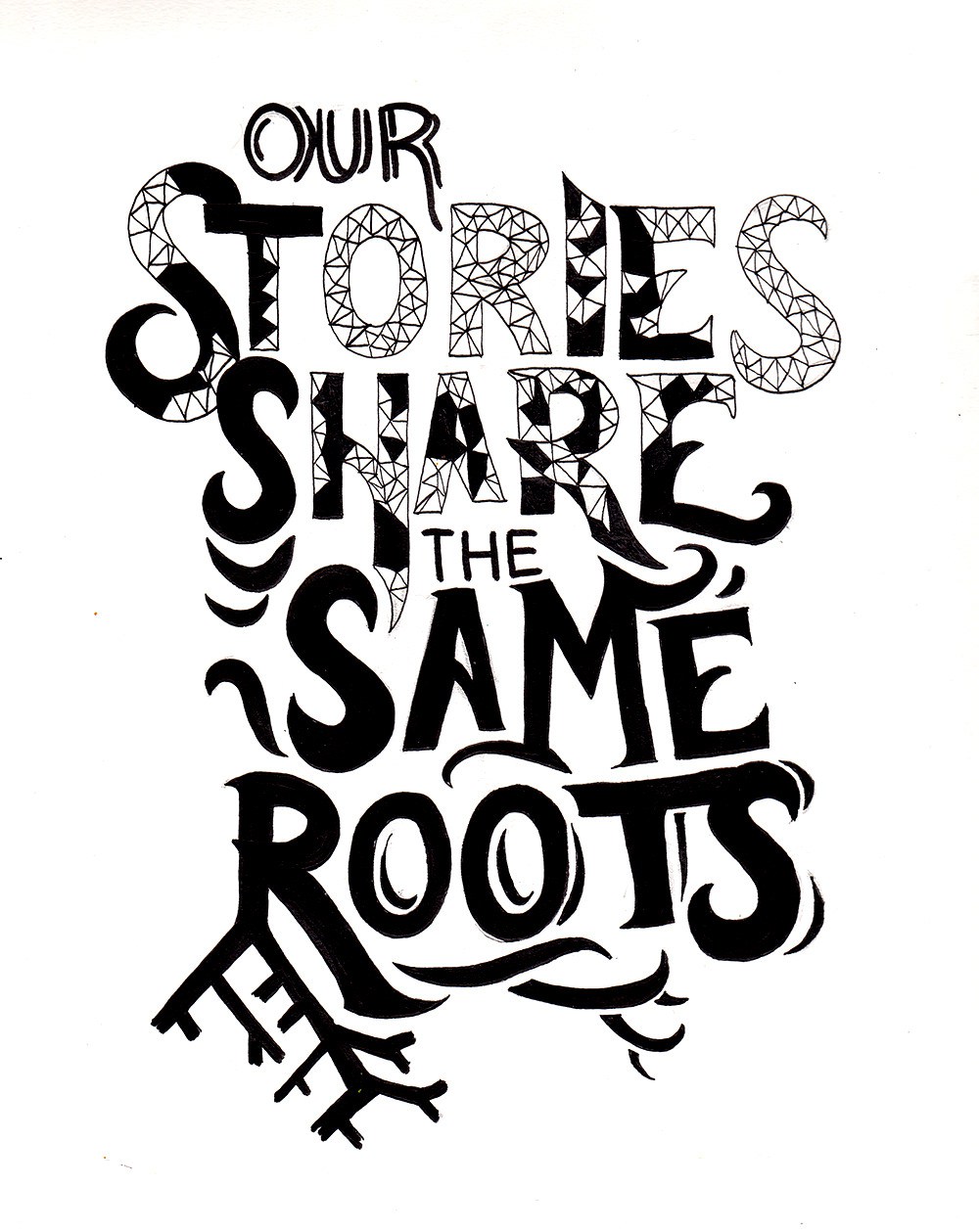
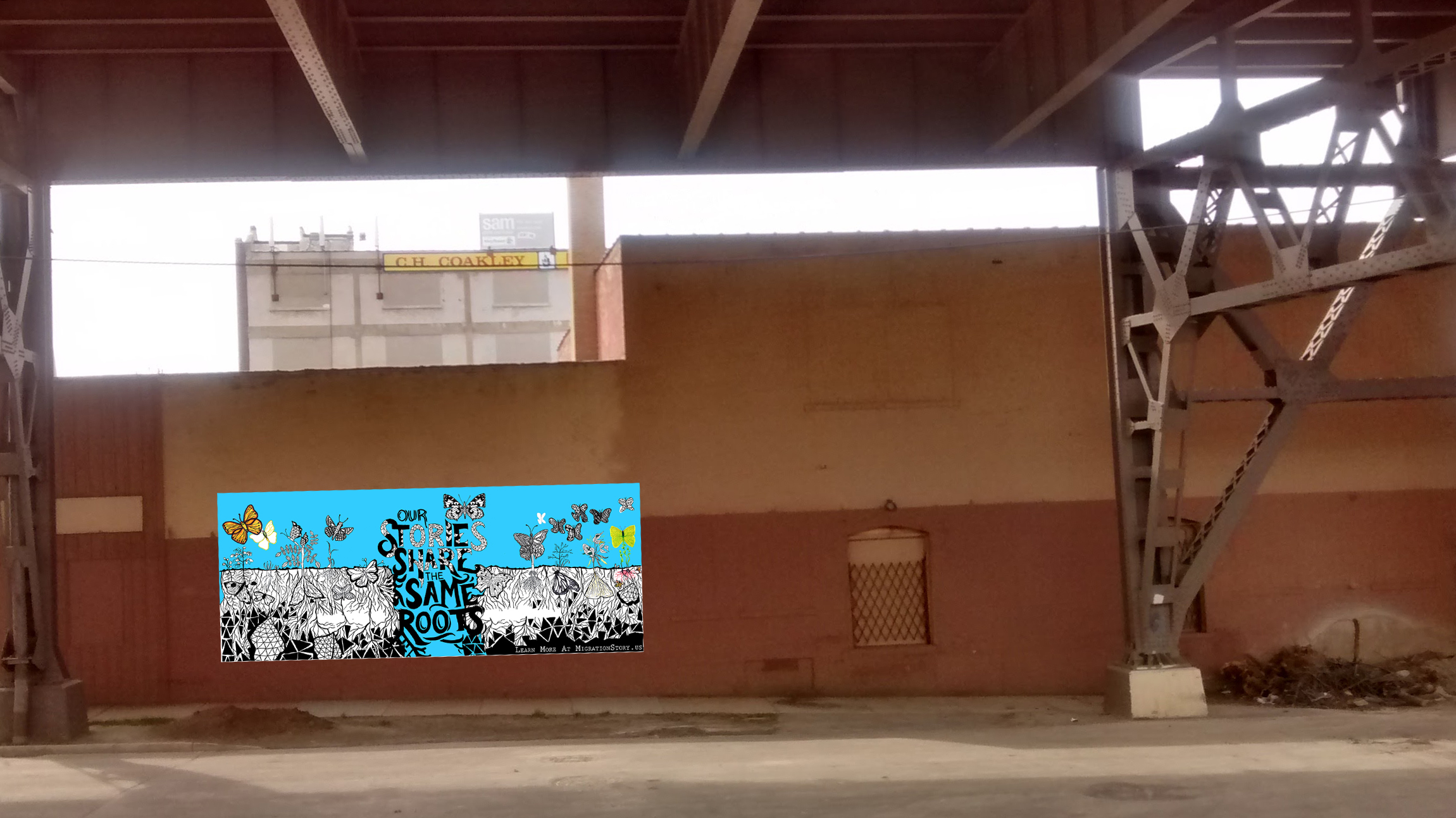

Escuela Verde designs its courses around project-based and student-led learning.
Immigration is a salient–and sensitive–topic in our current political and social climate. It’s something that impacts many of us directly, as first- and second-generation immigrant families, as the members of families that include both documented and undocumented relatives. And while many people in the U.S. have been here for generations, the vast majority are the descendants of immigrants who also migrated in search of opportunities and a better life.
Together as staff and students, we set some expectations upfront to guide our conversations and concepts.
What we did not want:
What we did want:
Immigration isn’t new, and it has always been necessary in the development and progress of human societies, culturally and economically. It isn’t unique to humans, either. It has always been a means for growth, development, and the renewal of the resources we depend on.
So if we know this, how can we write our policies to facilitate the benefits of immigration, rather than hinder our progress, or worse, divide us and further drive our inequities?
To better understand this subject matter, we spent some time talking about the different effects of immigration, and the positives and negatives that come with those effects.

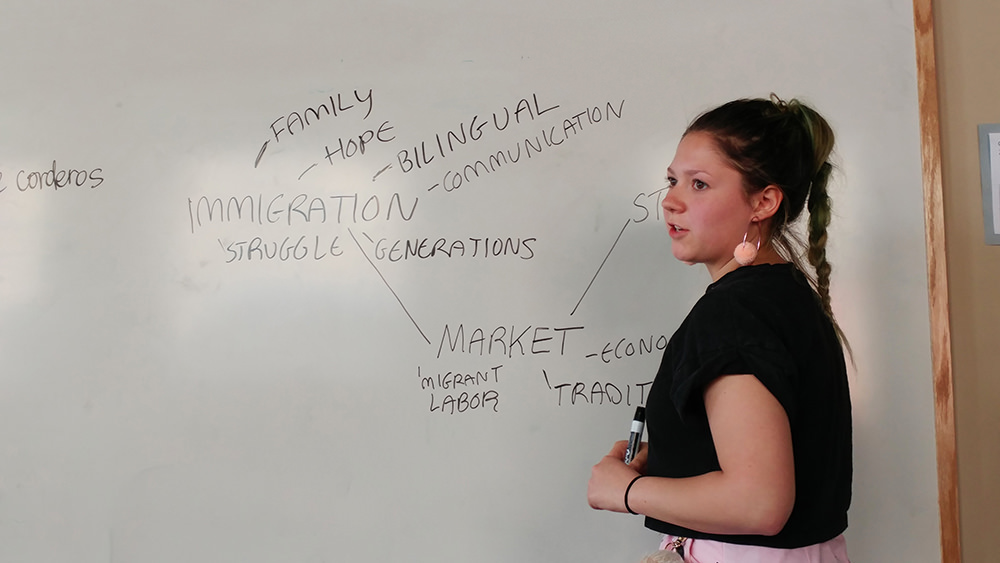
For one of our workshops, we asked students to bring in immigrant stories. They could be stories from their own families or from their neighbors.
Here are two drawings that show some of the common themes that emerged from our story sharing.
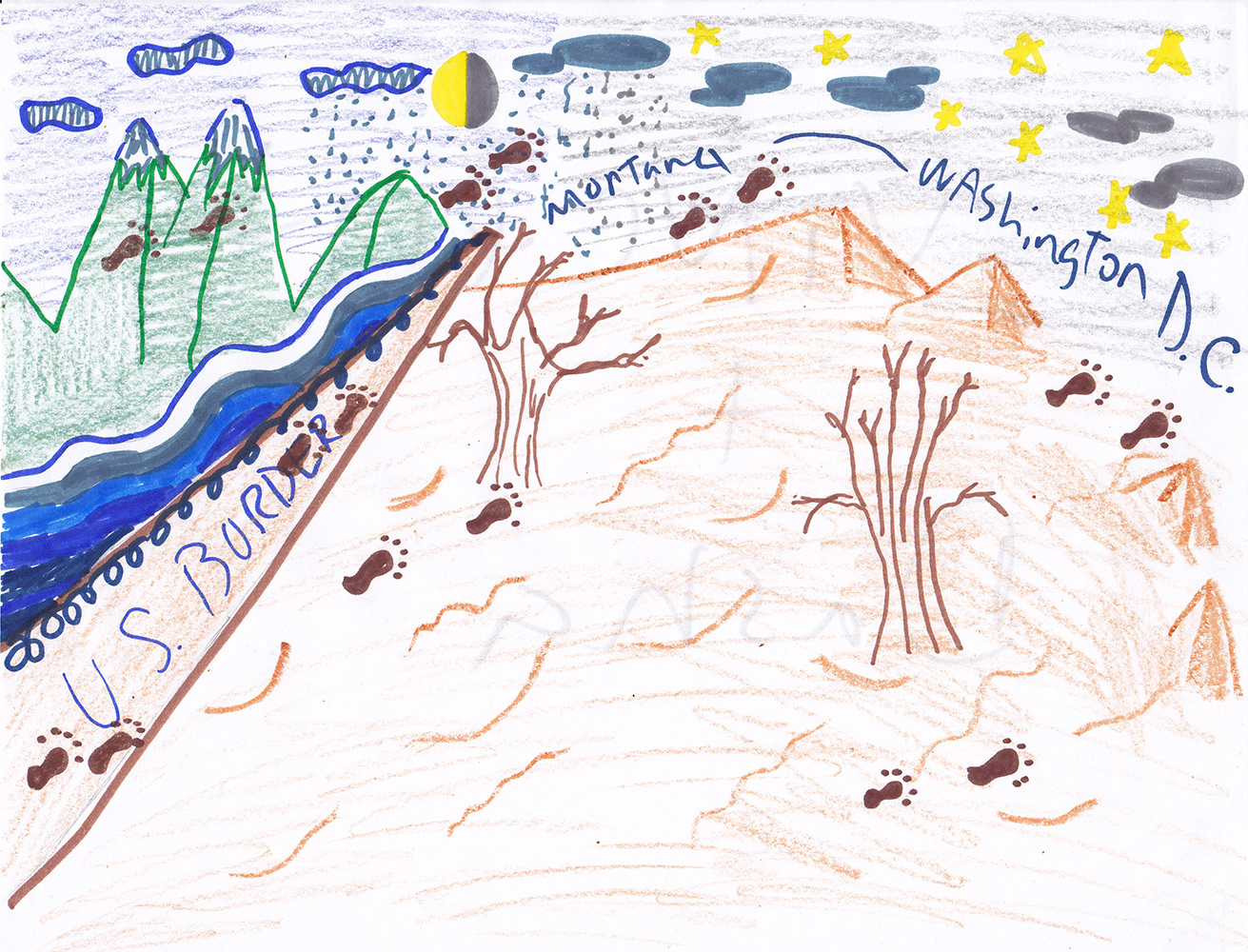
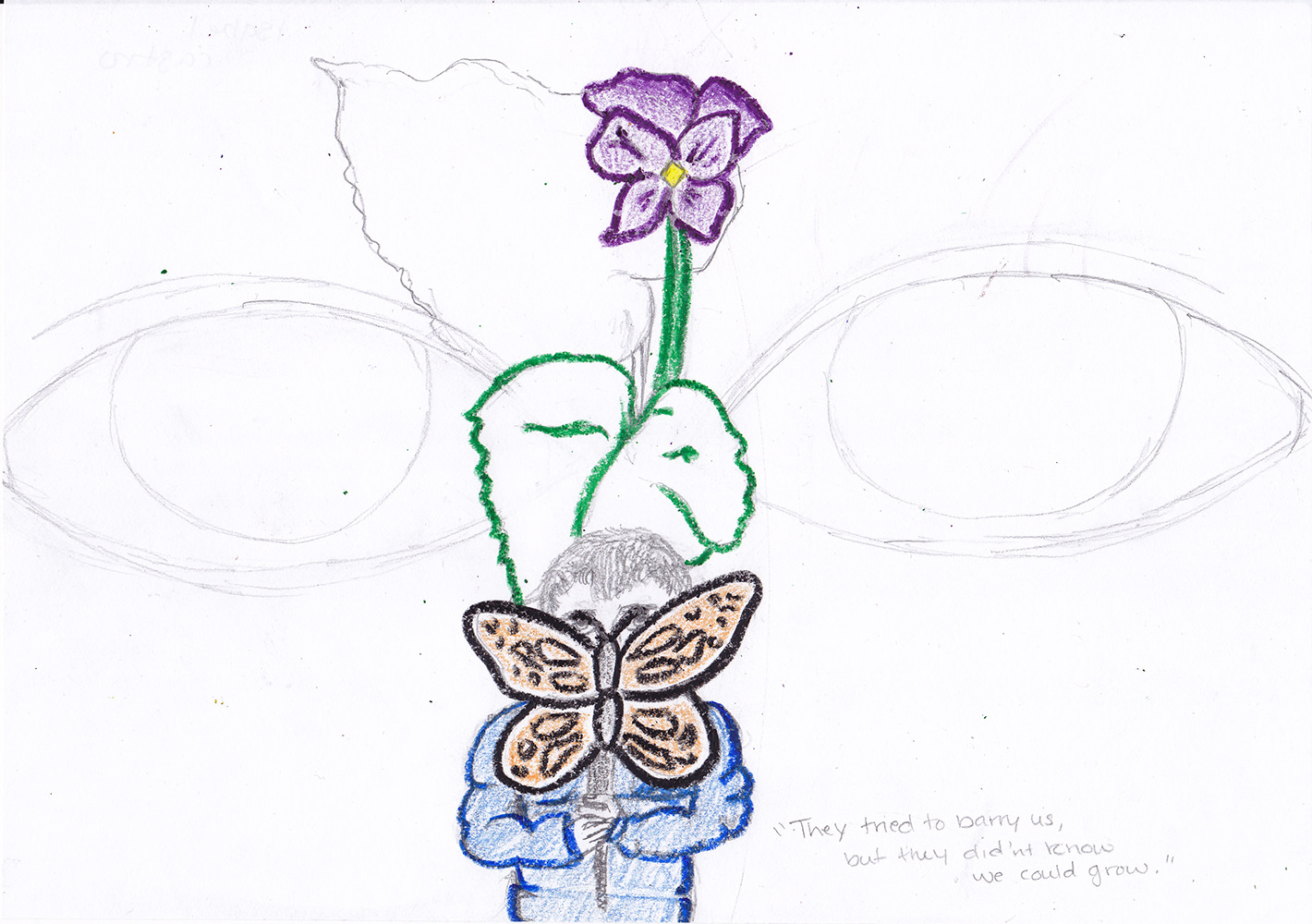
You must be logged in to post a comment.